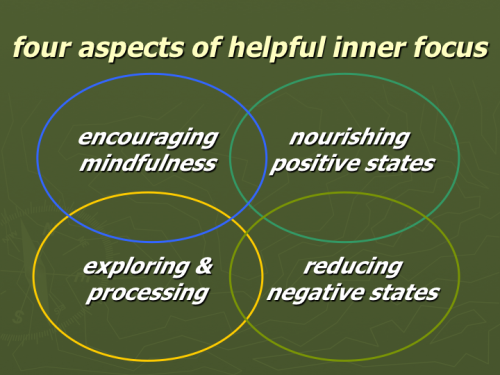36 CBT & psychotherapy relevant abstracts: July '17 newsletter
Last updated on 25th July 2017
This blog post is downloadable as a Word doc.
Ali, S., L. Rhodes, et al. (2017). "How durable is the effect of low intensity CBT for depression and anxiety? Remission and relapse in a longitudinal cohort study." Behaviour Research and Therapy 94: 1-8. http://www.sciencedirect.com/science/article/pii/S0005796717300840


